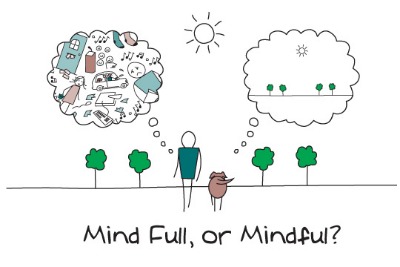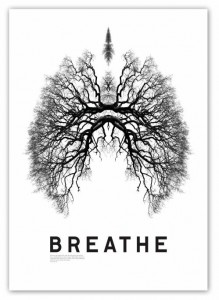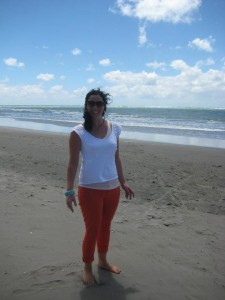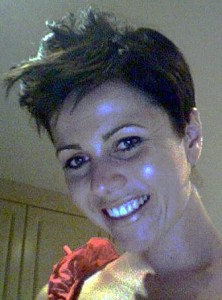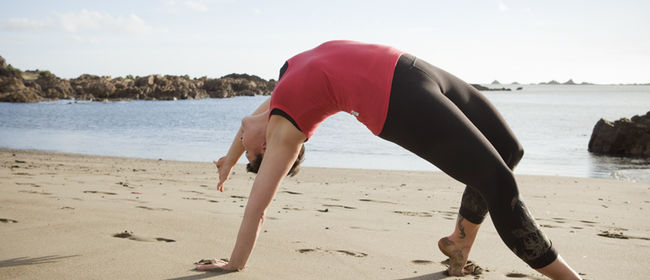In the natural world, there is a predictable cycle of creation, sustenance and dissolution. For example, as human beings we are born, we live and eventually, we die. Every microcycle within that macrocycle flows through the same process. A thought or a conversation arises, is sustained or explored for some time and then subsides. A course of study, a job or a phase of a relationship begins, continues and then ends. Some cycles are so short they’re almost instantaneous, others are long and have multiple mini cycles within them. Regardless their length or magnitude, the cycles are as the waves of the ocean – by times beautiful, by times terrible, utterly relentless and ultimately, inevitable.
Jon Kabat-Zinn has famously said “You can’t stop the waves but you can learn how to surf”. Over the course of my ever increasing number of trips around the sun, I’ve learned that whenever I try to disregard, disrespect or delay the transition, transformation or wave of change that is happening, I get swamped. Skillful navigation means keeping a watchful eye on the horizon then doing what I can with the resources I’ve got to ride the waves well.
My yoga and meditation practices are the windows to my internal horizon. As my practice deepens and evolves, the time I spend in the space of my own heart and mind allows me to feel more subtle nuances of the cycles and waves. The trick is knowing where to catch a wave, how long to ride it and when to get off. I’m still not perfect at it but I am getting more skillful all the time.
From the deepest core of my being I know that it is time for me to get off the wave of studio management which I’ve been on since 2006. As of late January 2015 I will relinquish Urban Yoga.
I am so grateful for the support the Urban Yoga community (and the Yoga Unlimited and Yoga Central communities before that) have given me over the years and I am sad that there is such certainty in my heart that I can no longer carry on as I have. I am well and truly in the midst of dissolution where Urban Yoga is concerned, as my turn on the cycle of motherhood moves from the creation phase into sustenance.
Luckily new cycles are born out of the old ones so that dissolution of one form does not necessarily mean the complete end of the fruits from the old cycle. It is with great pride and pleasure that I announce that Sarah Morris will embark the next cycle of Urban Yoga leadership. Sarah has been a student of yoga since 2001 and has been coming to my classes since 2010. She has been teaching at Urban Yoga since completing her teacher training in 2012. Sarah’s background as a production manager at Weta Workshop means that you can expect skillful leadership, tremendous organisation and wonderful creativity from Urban Yoga in the new year.
Of course, I’ll still be teaching in one form or another. I’m still in the planning stages of exactly how that might look. Please keep in touch via email on [email protected] and stay tuned for the re-vamp of my personal website www.kellyfisheryoga.com. If you’re a Facebook sort of person, you could “like” me to stay up to date on the latest up-to-the-minute happenings via facebook.com/kellyfisheryoga.
I am looking forward to this new cycle in my life of motherhood and teaching while Urban Yoga flows into a new wave infused with the energy and vision of a wonderful new leader.
~Kelly
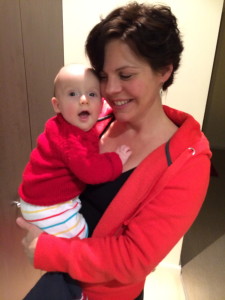
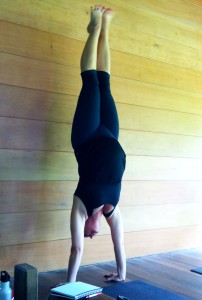
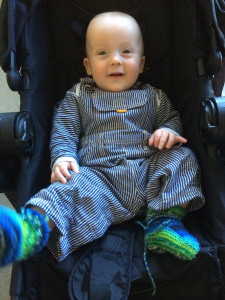
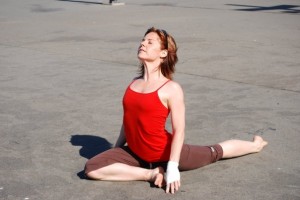
 Thank you, Urban Yoga community, for the overwhelming love and support coming my way as I prepare for my next evolution into motherhood.
Thank you, Urban Yoga community, for the overwhelming love and support coming my way as I prepare for my next evolution into motherhood.
